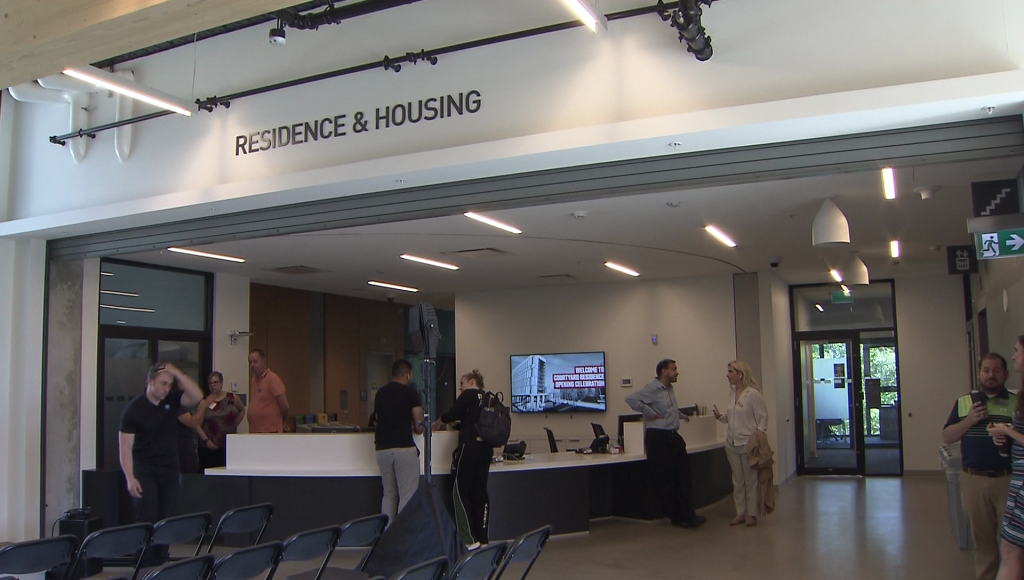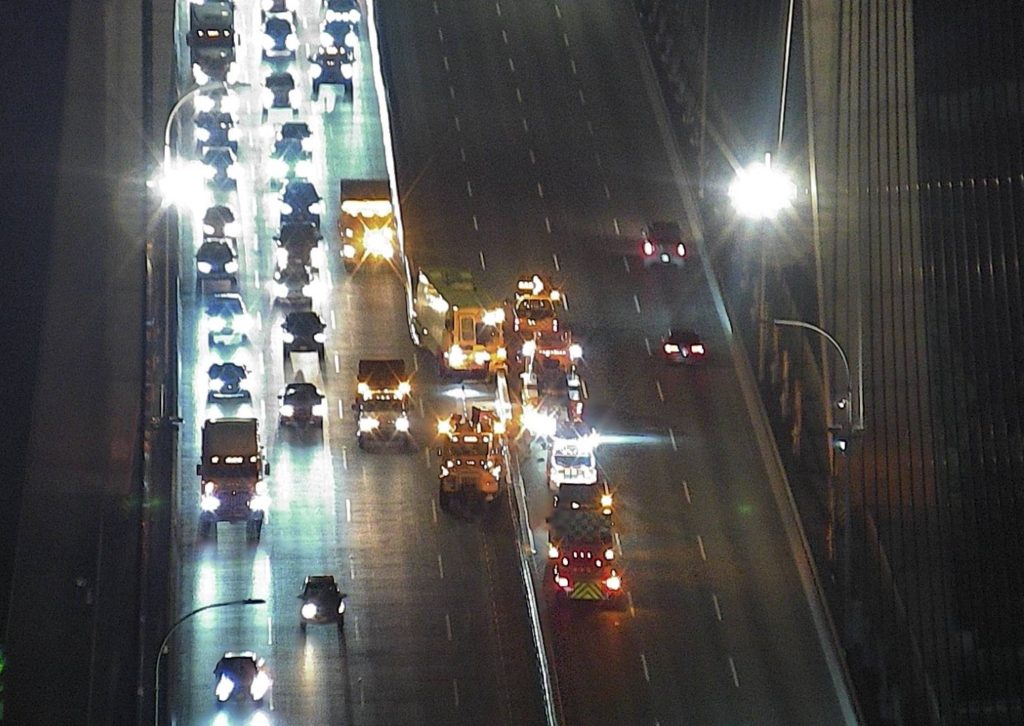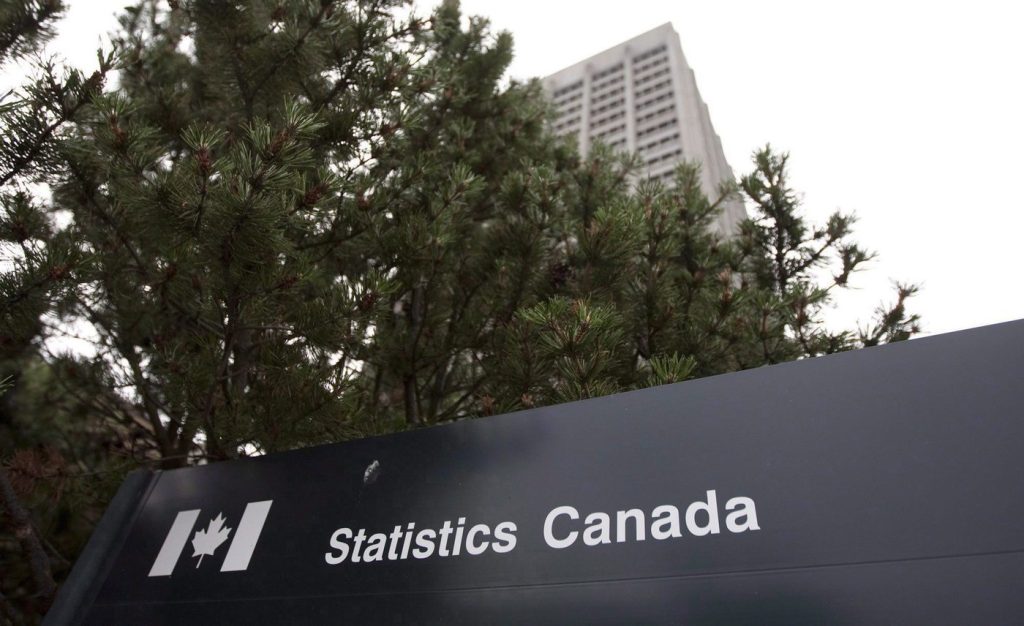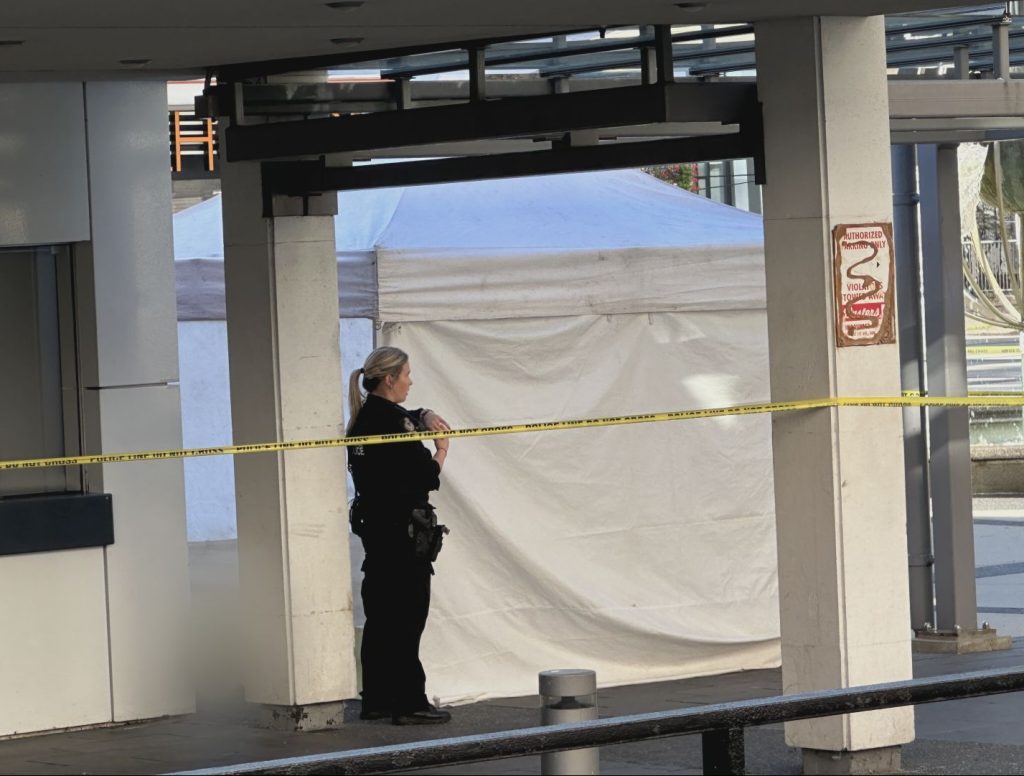You can have your say on the future of Stanley Park Drive
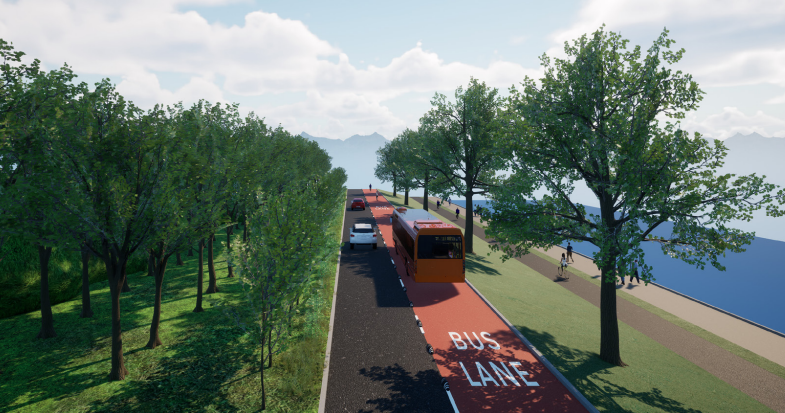
Posted July 17, 2024 7:16 am.
Last Updated July 17, 2024 8:05 am.
The Vancouver Park Board is looking to you, its residents, to give feedback on the possible future of Stanley Park Drive.
According to the city, the drive has “not changed in 130 years, despite Vancouver’s population growing rapidly and tourism at an all-time high.”
“The park now attracts over 18 million visitors every year, so we want to know what can be done to handle more visitors without having to build more roads and remove forest. This is our chance to rethink mobility in Stanley Park to meet everyone’s needs while protecting what we love most about the park,” the city explained.
The Park Board is putting six mobility options forward for public consultation, which people can then give feedback via a survey before the end of the day on July 28.
The six options come after the city has spent the last two years researching the ways people use the park. “This work has included analysis of mobility and visitor use data, economic modelling, research on comparable parks and approaches to mobility, and two rounds of public and stakeholder engagement,” the city explained.
Option “A” includes time-based vehicle access, which means Park Drive would close to cars at specific times, like mornings, afternoons or weekends. However, it would still be open to public transit and active transportation.
Option “B” would have people book a specific time slot, ahead of time, to attend the park. The city describes this as being similar to how Buntzen Lake Park operates in the summertime. “This would help control how many cars are in the park at one time during the busy season. Booking might be needed all the time or just on weekends in spring and summer when Stanley Park is busiest,” it said.
Option “C” includes one lane of Park Drive for private vehicles, and another lane for public transit and tour busses, while option “D” would have one lane for cyclists and another for vehicles.
Option “E” would close the drive to all private vehicles and have one lane only for transit and a second protected bike lane, and option “F” would close the entire road to all vehicles, and dedicate the entire roadway to active transportation.
“Any future option will require a phased approach and further work to define short-term and long-term actions,” the city said.
